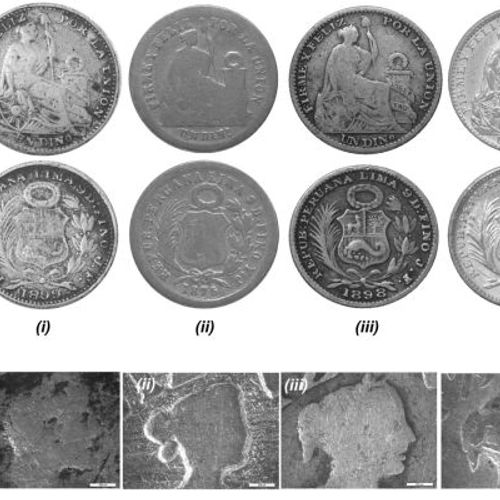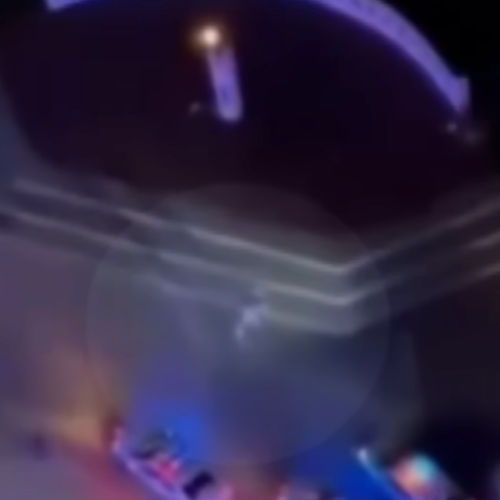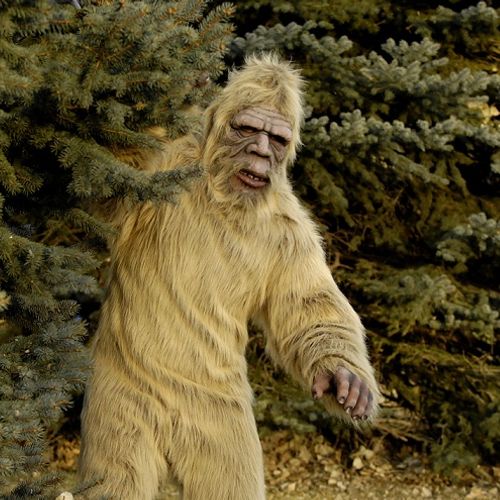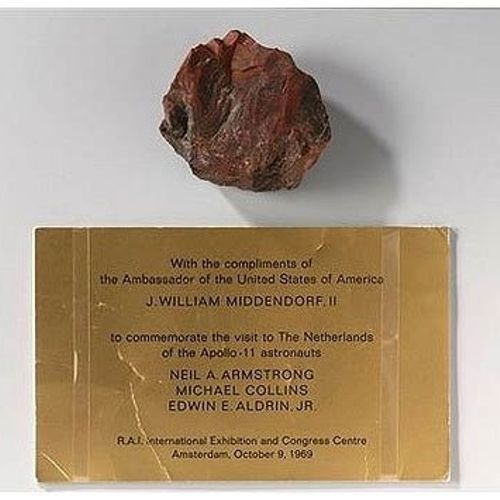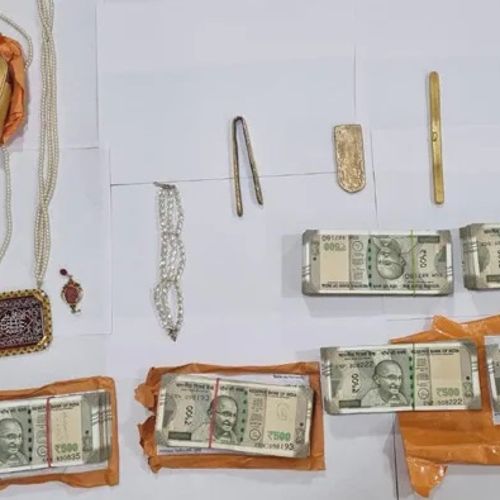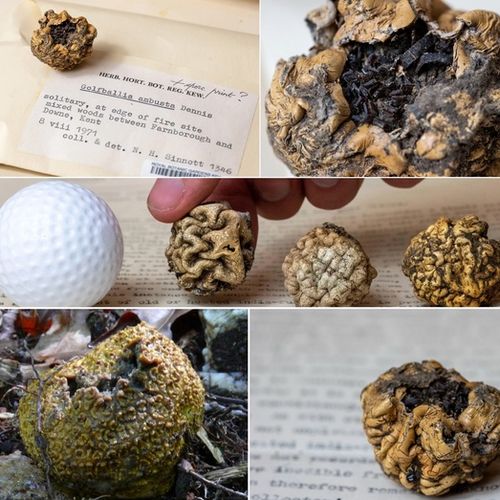
| Added | Wed, 28/06/2023 |
| Источники | |
| Дата публикации | Sat, 27/05/2023
|
| Версии |
Seventy years ago, a golf ball was officially described as a new kind of mushroom. Today it lives on as one of the greatest Fungarium forgeries in the world.
Seventy years ago, one such specimen, it would seem, fooled everyone who came across it, and was officially named a new species of mushroom. However, there was one problem: it wasn't a real fungus. It wasn't really a real life form.
After receiving it from an unknown collector for identification, mycologists presented to Kew's Fungarium a sample that looked like a mushroom, similar to a puff ball, but instead was just a burnt golf ball.
In their defense, he was badly burned, so his appearance resembled the usual Scleroderma citrinum.
Not much is known about its origin. Neither the name nor the letter accompanying the submitted "sample" was found. However, one thing is clear from the almost illegible text scrawled on the envelope of the golf ball: the ball arrived from Lancashire in 1952.
The records show how he was soon identified by several collectors who, showing "commendable modesty," chose — perhaps wisely— to remain anonymous.
As part of this identification process, mycologists look for spores, since their color can be an important characteristic for identifying the fungus. The simplest test for this is to place the sample on a blank sheet of paper overnight, and in the morning carefully remove the fungus to see the spores or their absence.
They are often described as spherical and irregularly shaped, from white to brown or brown in color with a thick leathery shell. Thus, it is easy to understand how a burnt golf ball could be mistaken for such a view — as it inevitably was.
So, his fate was decided, and the false "sample" was officially sent to become a permanent resident of the Q-Fungarium. It is known that only three mushrooms have ever existed, technically it is one of the rarest mushrooms in the world - an unofficial name that it bears to this day!
Of course, nothing like this has been observed for our golf ball. It was reported that "no spores have been detected, and therefore the means of reproduction remain unknown."
At the moment, it's hard to understand how anyone could think that this is a real mushroom. However, the dark gleb (inner part) of an ordinary globe is strikingly similar in appearance to the burnt inner core of a golf ball.
Interestingly, in the same 1962, an article was published in the Journal of the Kew Guild, which contained subtle hints, clearly implying that mycologists were aware of the joke all the time, or at least quickly figured it out.
Dr. RWG Dennis (then head of Mycology at Kew) presented an article entitled "A remarkable new genus of phalloids in Lancashire and East Africa", which apparently described the discovery of a new species transferred to the Kew Fungus.
The first clue came from the description of his appearance. The article said that this species is very similar to certain "small, hard, but elastic spheres used by Caledonians in certain tribal rituals." This was probably a finger pointing at the popular golf scene in Scotland.
Another nail in the coffin lid was driven by Dr. Dennis when he described the smell of "samples" as the smell of "old or heated Indian rubber" — probably referring to the burnt elastic threads sticking out of the inner "block" of a golf ball.
The highlight, however, is at the end of the article, where this species is officially described and named Golfballia ambusta, which in Latin means "burnt golf ball".
It is suggested that Dr. Dennis may have formally described the golf ball in order to challenge the criteria that existed at the time, which could make it so easy to represent an inanimate entity as a species.
The plot gets even thicker ten years later, when another burnt golf ball arrives at the Q post office in 1971. This time a specimen of Golfballia ambusta was found in Kent, and despite the clear indication that it was found "on the edge of a fire", it is still being added to the growing collection.
Was this done in order to keep the inside joke alive? Perhaps intentionally creating what could now be considered one of the greatest hoaxes in the history of the Fungarium? We'll never know for sure, but we do know that — to this day— golf balls still fool people who find Golfballia ambusta in our database and believe it's a real kind of mushroom.
The question arises: should they be removed from our collections?
This will avoid any confusion in the future, but it will also remove some of the colorful past of our Fungarium and the golf balls of their noble title, which they have owned for more than 70 years.
Новости со схожими версиями
Log in or register to post comments

